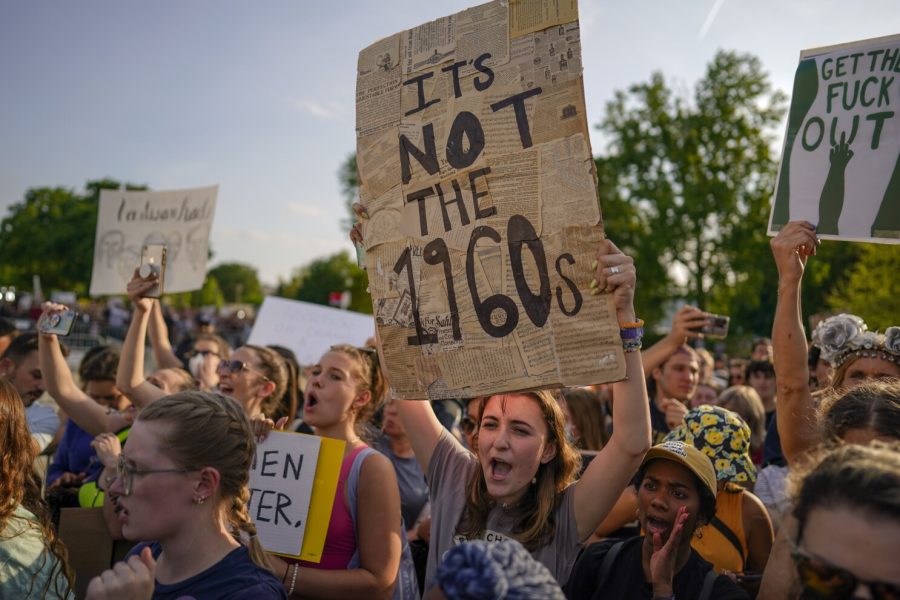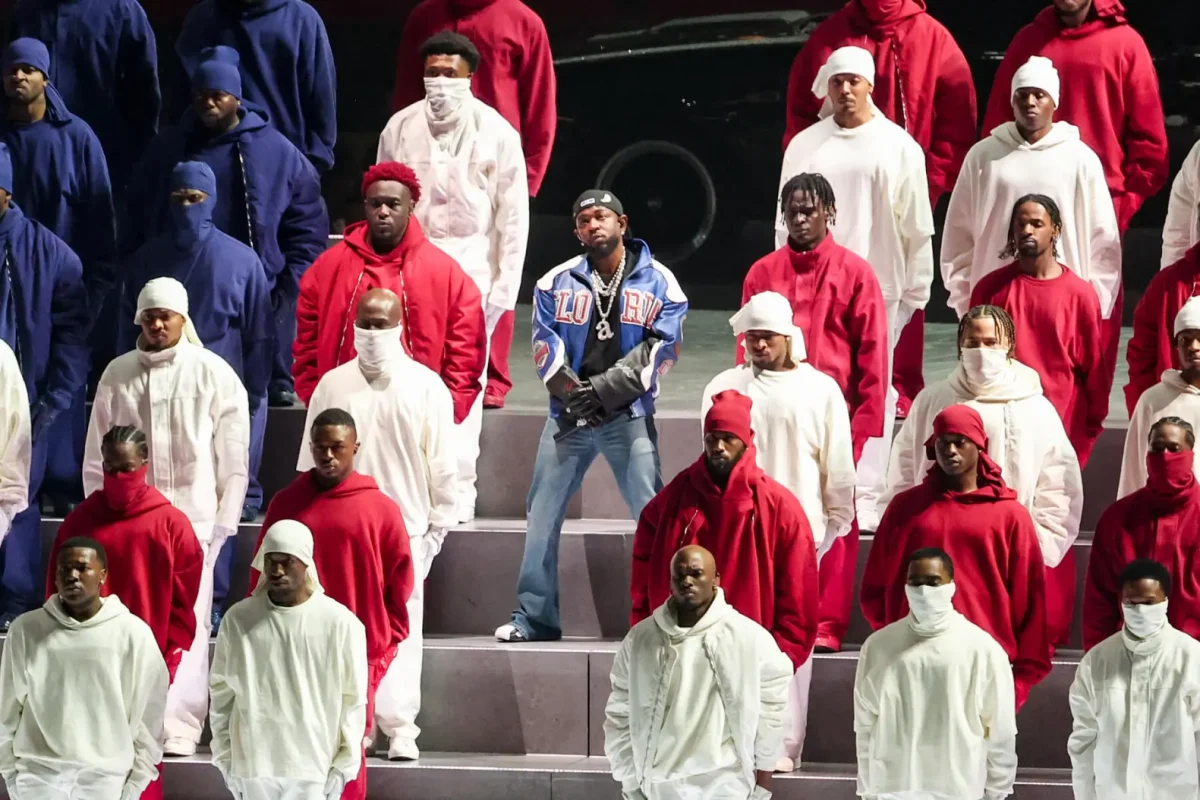A History of the Abortion Debate in the United States
May 11, 2022
The history of abortion is almost as long as the history of humanity itself. From ancient China to classical Greece, abortions have been performed all over the world with everything from herbal abortifacients to sharp tools.
As the Supreme Court moves closer to overturning the landmark decision Roe v. Wade, abortion history has once again come under the spotlight. In the leaked draft, Justice Alito is quoted as saying, ” . . . an unbroken tradition of prohibiting abortion on pain of criminal punishment persisted from the earliest days of the common law until 1973″, and, “it is therefore important . . . to set the record straight.”
Just how accurate is Alito’s history of abortion in America? And why is abortion history so important to the wider debate over the legality of abortion in the United States?
Colonial America and Early Independence
Abortion was common practice throughout colonial North America in the early 17th century. Abortion laws were reflective of the country which controlled each colony – for the Thirteen Colonies, abortion laws were influenced by those of the British Empire. Pre-quickening – before fetal movement can be felt – abortions were not just legal, but widely practiced and condoned.
Abortions were obtained through skilled midwives who induced abortion through the use of herbs. Midwives were almost always the primary supplier of abortions in early America, especially black midwives, who made up almost half of the midwife population.
There was little to no debate over the ethical implications of abortion in early America: as life was believed to begin after fetal movement, there was no crime committed in a pre-quickening abortion. In addition, only women could attest as to when fetal movement had been felt, making persecuting successful post-quickening abortions difficult to impossible.
Abortion was not, however, easily obtainable for enslaved women, who were obligated to provide more children to maintain the slave population. In addition, despite abortions being socially accepted, they were often hidden and performed in secret to conceal an earlier crime: fornication, or sex out of wedlock.
Early 1800’s
For the early half of the 1800’s, abortion remained common and unregulated, and there was little stigma attached to it. The demographics of those who sought abortion, and provided it, began to change in the early 1800’s, from unmarried women pregnant out of wedlock, to married women who already had a child, and from women and midwives, to male physicians.
Abortion drugs were a booming business during this time, targeted towards married white Protestant women of the upper and middle classes.
The Post Civil War Era
The anti-abortion movement found its genesis in the wake of the Civil War. The early abortion debate did not resemble that of today; rather than focusing on the ethics or morals surrounding abortion, the early abortion debate was rooted in the medical field.
Physicians were the loudest voice in the anti-abortion movement. In the 19th century, physicians lacked institutional power, as medicine was still dominated by women. They sought to use anti-abortion legislation to rid the medical field of midwives – the primary providers of abortion – who presented competition to male physicians. As midwives were mostly women, and many black, they were able to easily portray them as barbarous and misled.
Some physicians claimed to have women’s interests at heart. They maintained that their supposedly superior medical knowledge proved abortion was a dangerous procedure that put women at risk.
Certain cultural trends had a noticeable impact on the early abortion debate, with Victorian morality, deriding abortion and contraceptives. In 1869, the Catholic Church began to condemn abortion; before this, it was implicitly accepted.
The anti-abortion movement enjoyed great success. The so-called Comstock laws, passed in the 1870s, limited information on birth control and family planning, abortion drugs were banned, and by 1900, abortion was almost always a felony in every state.
Early 1900’s and the Depression
Starting in the late 1800’s and continuing into the 1900’s, the anti-abortion movement also took on a more racist and xenophobic character: abortions caused low birth rates among white, native-born Protestant women, putting the white Protestant population at risk of being ‘outnumbered’ by increasing flows of immigrants from Southern Europe, Asia, and other foreign places.
“Shall these regions be filled by our own children or by those of aliens [immigrants]? This is a question our women must answer; upon their loins depends the future destiny of the nation” Horatio Storer, anti-abortion activist
With abortion a federal crime in almost every state, there was very little public debate or need for an ‘anti-abortion’ movement, and it fizzled into irrelevance. The government and courts did their job well, harassing women who procured abortions and persecuting so called ‘abortionists’.
The prohibition of abortions did not, however, stop abortions. Instead, there was a booming black market for back alley abortions, which often left women dead: in 1930, there were 2,700 woman who’s cause of death was recorded as ‘abortion’.
Abortion began to increase, and become much more visible, during the Great Depression, when an unprecedented amount of women sought abortions due to economic hardship: by the 1930s, there were almost 800,000 abortions being performed by licensed professionals every year. During this time, many abortion clinics and abortion specialists opened and advertised publicly, in spite of the law; abortion was tolerated, albeit temporarily, and framed as an ‘economic need’.
Post WWII
By the 1950s, there were some 250,000 to 1.2 million illegal abortions performed every year, according to the Guttmacher Institute.
Women performed illegal abortions through dangerous methods, by inserting sharp instruments, such as knitting needles and coat hangers, ingesting chemicals, or ‘douching’ with lye. Such procedures often resulted in death or disfigurement, and pro-abortion underground organizations began offering illegal, but safe, abortions, such as The Abortion Counseling Service of the Chicago Women’s Liberation Union – codename: ‘Jane’ – which performed 11,000 abortions a year.
The 1960s and Women’s Liberation
Beginning in the 1960’s, nascent feminist movements began to promote reproductive choice through contraceptives as a fundamental right and a key to women’s liberation. After successfully striking down many so-called ‘Comstock laws’, which limited contraceptives, abortion seemed the next frontier in reproductive rights.
During this time period, two parallel events caused a massive cultural shift. Thalidomide, a popular sleeping pill, was causing thousands of severe birth defects every year. A rubella outbreak caused stillbirths and fetal abnormalities. Pictures of white, middle-class women and their deformed and disabled children bombarded American media. Playing on Americans emotions and fears, these pictures helped revive abortion in the minds of many as a practice that could be socially acceptable and sometimes, even, morally right.
Faced by this pressure, multiple states began revising their abortion laws, most famously, California and New York in 1967 and 1970, but abortion remained illegal in many states. Just as the movement for abortion liberalization began to gain steam, the anti-abortion movement was once again revived, this time with a different character.
Whereas the earlier anti-abortion movement was dominated by white, Protestant physicians, this new anti-abortion movement had a decidedly Catholic character. They focused on the ethics and morality of abortion, especially on the concept of ‘life’. In 1966, National Conference of Catholic Bishops began to document efforts to liberalize abortion laws. In 1967, they founded the National Right to Life Committee. Anti-abortion movements cropped up in many state, mainly with Catholic ties, however, most failed to stop their states reforms and the increasing tide of public opinion in favor of abortion.
Roe v Wade
Before the Roe v Wade decision, 30 states prohibited abortion without exception, 16 states banned abortion except in certain special circumstances, 3 states allowed residents to obtain abortions, and New York allowed abortions generally.
Roe v Wade started when Norma McCorvey – ‘Roe’ – sought an abortion, but could not get one, as her home state of Texas prohibited all abortions except in cases of rape. The case was brought to the Supreme Court, who ruled in her favor.
“the unborn have never been recognized … as persons in the whole sense”
Supreme Court, Roe v Wade
The Supreme Court contended that the right to privacy constitution protects a woman’s right to obtain an abortion, effectively legalizing abortion in all 50 states. They did not, however, choose to comment on when or how a fetus becomes a person or a ‘life’: a central issue emerging among the new anti-abortion movement.
Aftermath and Anti-Abortion Movement
The Roe v Wade decision immediately changed the abortion debate from a state-level struggle, to a nationwide movement between ‘pro-choicers’ and ‘pro-lifers’.
The demographics of the pro-life movement would significantly shift when, in 1976, the Republican Party officially added anti-abortion to their party platform. Evangelical Christians began to flock to the movement in massive numbers, revitalizing the anti-abortion movement to heights never seen before.
The debate shifted focus on fetal rights and the definition of life. Through the use of graphic pictures and diagrams, the pro-life movement increasingly defined itself as a movement based on morality and the rights of the fetus – the ‘life’ -, contending that abortion was akin to legal murder and offended natural reproduction.
In contrast, the pro-choice camp focused on the concept of choice and the bodily autonomy of women, and stressed the safety and efficacy of abortions and the social problems they believed abortion could remedy.
The abortion debate increasingly became partisan; Republican icons such as Ronald Reagan owe their victories to the anti-abortion movement, and, starting in the 1990s, conservatives of the Republican party refused to endorse candidates who did not share their views on abortion, vice versa with Democrats.
By the 2010s, abortion was firmly a partisan issue: Republicans were pro-life, Democrats pro-choice.
The Present
The leaked Supreme Court draft opinion shows that Roe v. Wade will probably be overturned. Where do people today stand?
According to polls from ABC and the Washington Post, 54% of people believe the decision should be overturned, while just 28% say it should be overturned.
Commenting on the recent ruling, Amanda Rojas, a senior at Wayne Hills, said, “They [Supreme Court] can’t make rules on our bodies until they’re in our position.”
Chayse Buckley, another senior, says, “Lawmakers are trying to play god [sic] and the senate must keep Roe v Wade in place.”
As abortion history once again comes under the spotlight, it’s important to critically examine the history of the practice, and not let ourselves be misled by idealized versions of the past.
The fact is, Alito’s conception of an unbroken history of persecution for abortions is simply incorrect. Projecting our modern morals on the apolitical historical truth sets a dangerous precedent of revisionism, misleading people to believe abortion and birth control are modern issues, and not something deeply rooted in our own history and culture.
To truly have conversations about abortion, it’s important we remember the real, factual, past.






